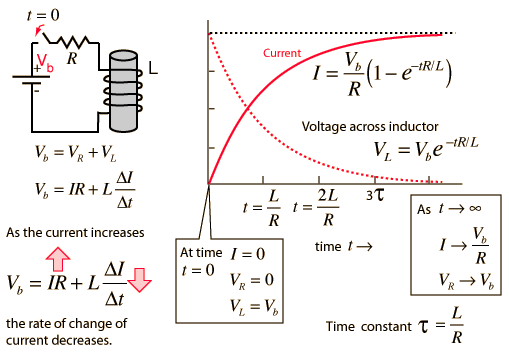Yes, good catch Tavote. Three orders of magnitude takes the whole equation well out of bounds.
So what are looking at here in Newman's book? Hopefully not B.S.
So what are looking at here in Newman's book? Hopefully not B.S.
So what, I need x100. 500lb of 38?
Three orders of magnitude. Not 30 kilometers of wire, 30,000 kilometers of wire. Not going to happen while I'm still alive.
Just throwing it out there.
Question
Would we not slow the current / propagation down if we had or put in resistance after the coil...????
Also guys, something I have heard no reference to but may be relevant.
Does the flux from the permanent magnet impede the current flow in the coil any;
that is to say as the magnetism grows in the coil will the current be impeded by the flux of the permanent magnet???
sorry if that's a silly question
also i think ALL of us are thinking to hard
This all makes me think i should make the simple replication that he gave to the patent office. there is enough information on that unit to build it to spec. it was calmed to be 1/2 watt in, 10 watts out. that's enough to run its self if it acts the same as he saw it... this makes life simple to build it.
the second options to do it as he showed in his " merry Christmas" motor... he also gives enough info there and it would be a better motor to test me thinks... we need to master what Newman is trying to teach us. and if we have not this is all a waist of time, as most of theses answers are already answered... ~Russ
I think you are right about starting with a simple replication...the only hesitation I have is with the commutator on the "Christmas gift" model. Do we know for sure what the commutator configuration was?
Reducing skin effect is the whole purpose behind Litz wire.
i was not thinking clearly, but the results wont change lol so make some scene of it...
https://www.youtube.com/edit?o=U&video_id=OgvPWQBGMWk
Took about 2 seconds to "charge" this inductor, 13.8Khoms, Think its 38 or 40 AWG, spool of 1lb i think, 17.4 OZ.
also took that long to "discharge"
seems to act like a capacitor more than anything...
I have know idea what that first part it... This image is the short switch on time. the long "charge" time is up to 2 seconds for 12-13V
resistor is 1K. measuring there for current draw. i need to do theses over with better understanding... odd results.
~Russ

Matt. I feel your test with that NST will show results differ than an air core.
Your current curve vs voltage seems to be the ezcatly oppiset of what I habe seen on line today. Acordding to phase shift. Where is yhe phase shift in that? Seems to be throughing me off.